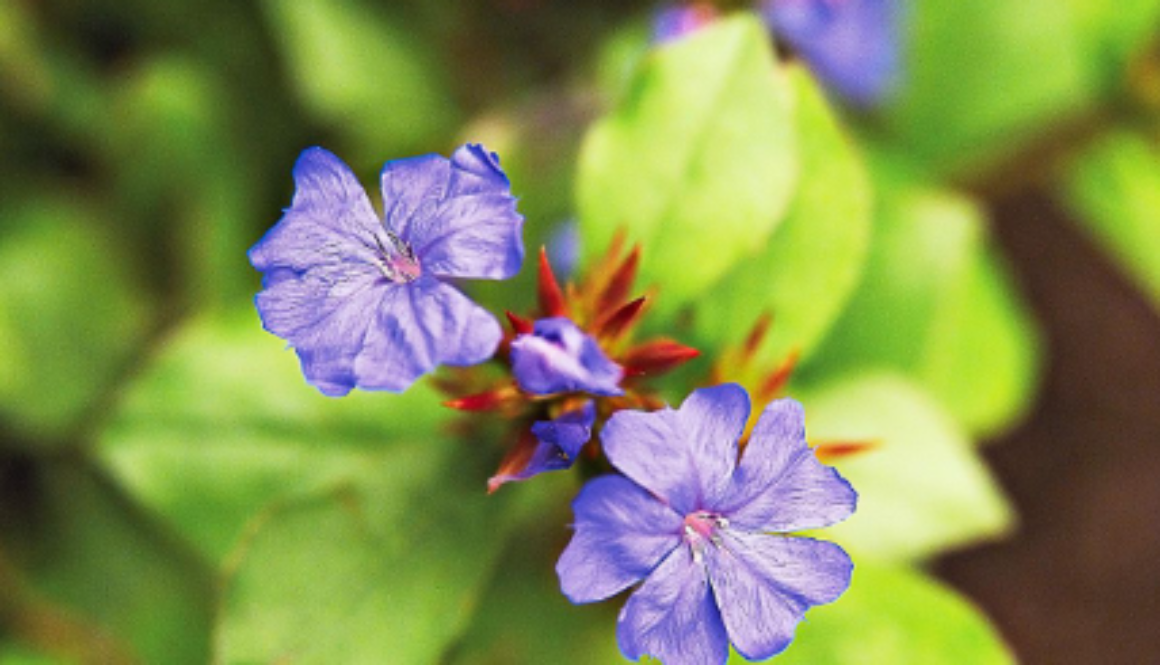Leadwort
Leadwort, scientifically known as Plumbago auriculata, is a flowering shrub native to South Africa. With its vibrant clusters of blue, white, or pink flowers and lush green foliage, leadwort adds a pop of color and beauty to gardens and landscapes. Beyond its ornamental value, leadwort has also been used in traditional medicine for its potential medicinal properties.
Part Used: The roots of the leadwort plant are the primary part used for their medicinal potential. The roots contain bioactive compounds such as plumbagin, which have been studied for their anti-inflammatory, antimicrobial, and antioxidant properties. However, it’s important to note that leadwort should be used with caution and under the guidance of a qualified healthcare practitioner due to its potential toxicity.
Usage: Leadwort has been used in traditional medicine systems like Ayurveda and traditional Chinese medicine to treat various ailments, including skin conditions, digestive issues, and respiratory problems. It is believed to have wound-healing properties and has been applied topically to promote the healing of cuts, wounds, and skin ulcers. Additionally, leadwort has been used internally in small doses to alleviate digestive discomfort and respiratory congestion.
Agrotechniques: Cultivating leadwort requires a warm, sunny location with well-drained soil. The plant prefers a Mediterranean climate but can tolerate a range of soil types and growing conditions. Leadwort can be propagated from stem cuttings or division of established plants. Planting is typically done in spring or early summer, with spacing of 2 to 3 feet between plants. Regular watering and occasional fertilization promote healthy growth and flowering. Pruning may be necessary to control the size and shape of the shrub. Overall, cultivating leadwort adds beauty to the garden while offering potential medicinal benefits for those seeking natural remedies.

